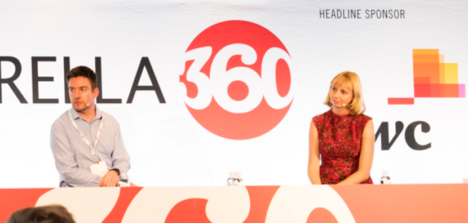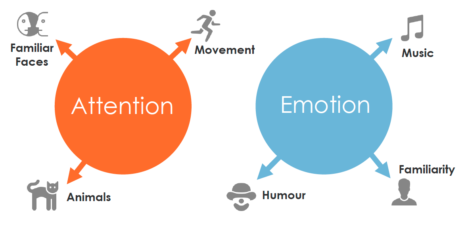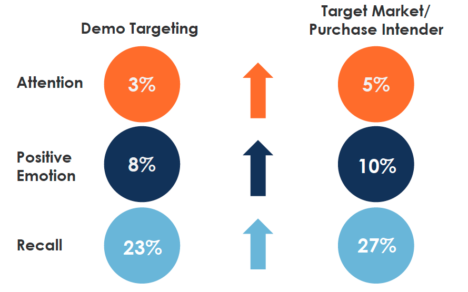Advertisers struggling to create impact with ‘crowded’ 15-second videos, claims new research
Many agencies are struggling to create effective 15 second video ads and are overcrowding their messages and making them less effective, a new study looking at the impact of video advertising has claimed.
Research carried out by Gateway Research on behalf of Videology also found desktop computer screens are as powerful as TV when it comes to eliciting an emotional response from an ad.
Presenting the findings of the study at Mumbrella360, Gai Le Roy, chief operating officer at Gateway, said: “There are a lot of 15-second ads being built on the presumption someone has been exposed to the longer creative. A lot of themes make a lot more sense if you’ve seen the 30-second version. In terms of this we’re not quite doing the right job if chopping an ad to 15 seconds.”
Dr Peter Brawn, managing director, Gateway Research, blamed it on “visual overload” where people become “blind to objects in their field of view”, with “people trying to fit all those calls to actions in their ads leaving viewers overwhelmed”.
The study found light TV viewers’ recall for 15-second spots was much lower than heavy users, suggesting running jokes from the longer spots did not translate well.
“I’m giving an excuse for creatives to go back to clients and take some of those elements off,” added Le Roy.
The Gateway study used eye-tracking research as part of its methodology, analysing 1,290 ad spots across TV, mobile and desktop, and surveyed 60 participants, who viewed the ads around episodes on Modern Family on the various screens.
It also discovered the order people are exposed to creative, whether TV then digitally or vice versa, did not have a major impact on the recall. However, the most positive emotional response to a whole campaign came when people saw the ad on the bigger screen, either desktop or TV, first before mobile.
Viewers paid the most attention to ads which featured celebrity faces, movement and animals, while music, familiarity and humour were the biggest drivers of emotion.
Desktop is as effective as TV in driving emotion. Screen type is not the primary driver of impact, think beyond that, think ahead of that.
When looking at the top drivers across the categories of attention, emotion and recall the study found the top three drivers to be:
Attention: 1. Ad position (in commercial break); 2. Creative; 3. Consumer affiliation to ad category;
Emotion: 1. Creative; 2. Ad position; 3 Consumer affiliation to ad category;
Recall: 1. Frequency; 2. Consumer affiliation to ad category; 3. Ad position.
Le Roy said the findings showed while advertisers had concentrated on getting their delivery through ad tech right in the last few years attention now needs to shift to the consumers.
“We’ve had a lot of ad tech focus in the last few years and that’s necessary to deliver the right things on scale,” she said. “But, we need to keep coming back to the people. From viewability we talked a lot about the tech, but not the people, and the same with adblocking.”
Targeting was also shown to have a positive impact on engagement and reaction to creative, with a substantial uplift in positive reactions from people in the target markets.






I can’t believe that I’ve read this article. In fact, I thought it must have been archival because there’s not one thing in these findings that Bill Bernbach, John Webster, Lionel Hunt, or innumerable other creative luminaries spanning the past fifty years, could not have told you. The bigger the image, the bigger the impact? Go on. Creative has the greatest impact on emotion? Oh, wow! Celebrities gain attention? Don’t leave home without one. Frequency aids recall? Repeat, repeat, repeat and you’ll be sweet, sweet, sweet.Those in the target market respond more favourably than others? Well I never!
It’s always nice to be reassured but I hope Gai Le Roy and Dr Peter Brawn didn’t spend too much time and money on achieving it.